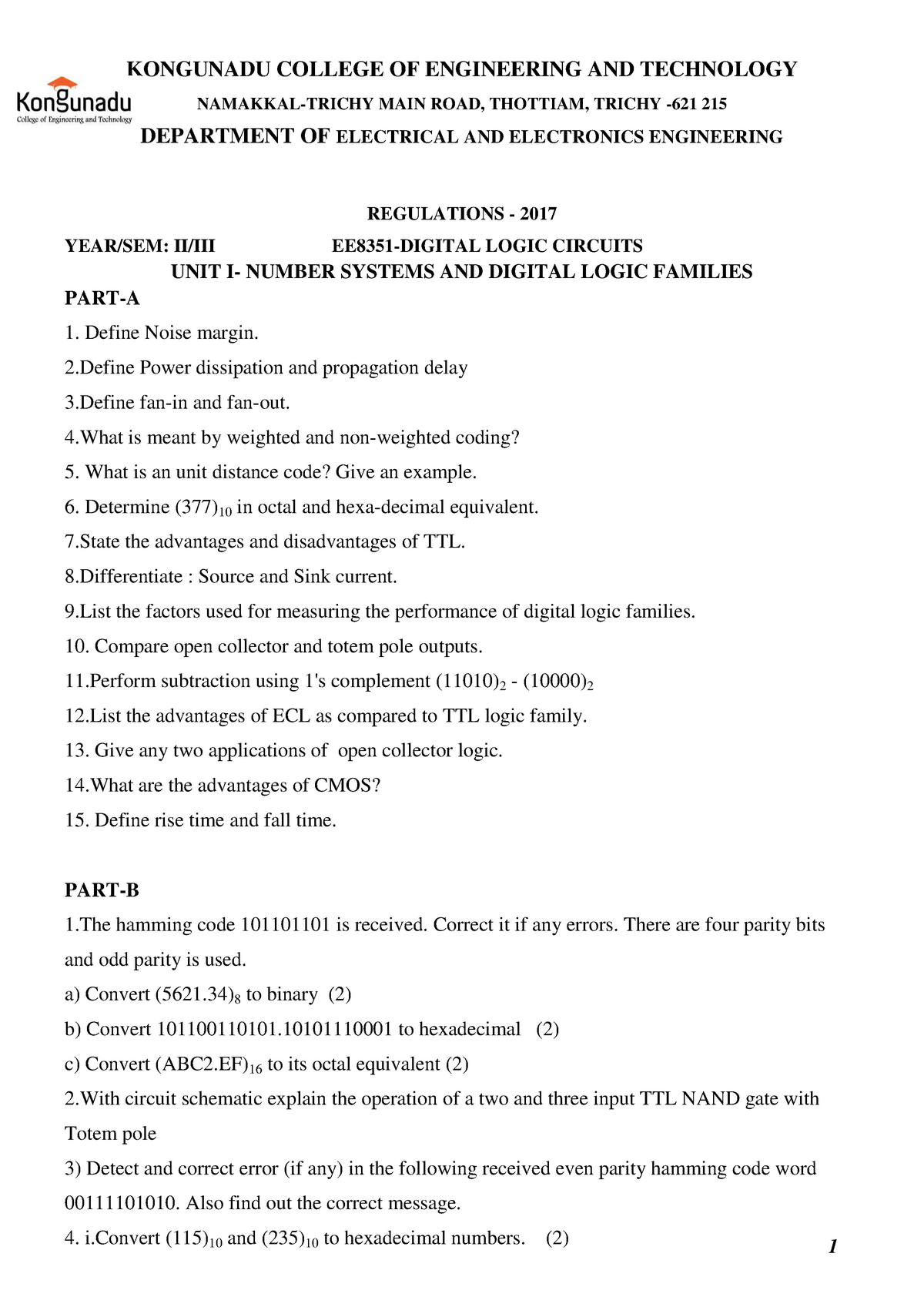


The two types are the depletion mode and enhancement mode. What are the two types of GaN power semiconductors? Compared to silicon devices, this also allows devices to be physically smaller and their electrical terminals closer together for a given breakdown voltage requirement. Its higher electron mobility enables a GaN device to have a smaller size for a given on-resistance and breakdown voltage than a silicon semiconductor. GaN has a higher critical electric field strength than silicon. What is the primary advantage of GaN over silicon power transistors? 1 - Enhancement mode GaN has a circuiut schematic similar to silicon MOSFETs with Gate (G), Drain (D), and Source (S). The temperature coefficient of GaN FETs on-resistance is similar o the silicon MOSFET as it is positive, but the magnitude is significantly less.įig. gate-source voltage curves are similar to silicon MOSFETs. In addition, on-resistance and breakdown voltage of a GaN device have a similar meaning as their silicon counterparts. GaN transistors borrowed the same nomenclature as their silicon brethren: gate, drain and source, as shown Fig. Although GaN is young in its life cycle, it will certainly see significant improvements in the years to come. The new material is gallium nitride (GaN) a high electron mobility (HEMT) semiconductor, whaich is poised to usher in new power devices that are superior to the present state of the art. The power electronics industry reached the theoretical limit of silicon MOSFETs and now must go to another semiconductor material whose perfromance matches today’s newer systems. However, silicon power MOSFETs have not kept pace with evolutionary changes in the power electronics systems industry. Broader silicon usage stemmed from its improved physical properties combined with a large investment in manufacturing infrastructure and engineering. The power semiconductor evolution started with germanium and selenium devices that succumbed to silicon types around the 1950s.


 0 kommentar(er)
0 kommentar(er)
